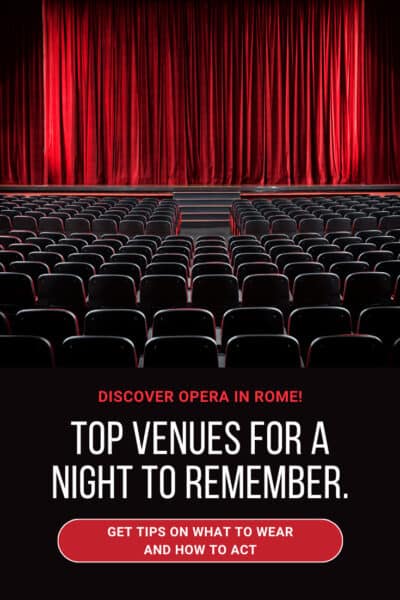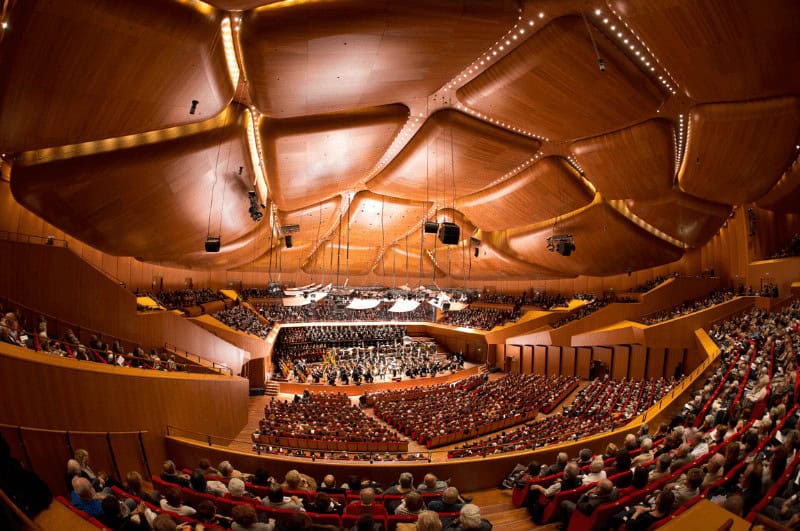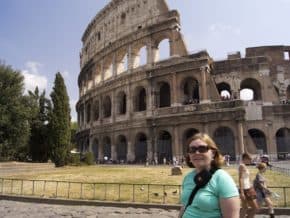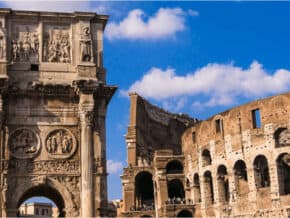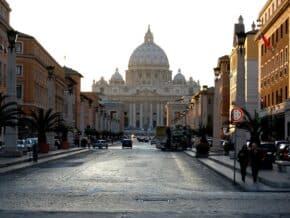Rome, often referred to as the “Eternal City,” is not only famous for its rich history, stunning architecture, and delectable cuisine but also for its vibrant opera scene.
If you're a fan of this timeless art form or simply looking for a unique cultural experience, Rome has countless venues where you can immerse yourself in the world of opera. We love to experience local culture and events, so in this guide, we'll share what we know.
You'll discover the best places to see opera in Rome and what to wear to the opera, as well as some etiquette tips to help you navigate the performance.
Top venues for attending an opera in Rome
Here is a list of the top opera houses in Rome. Each one has its own unique charm and history.
1. Teatro dell'Opera di Roma
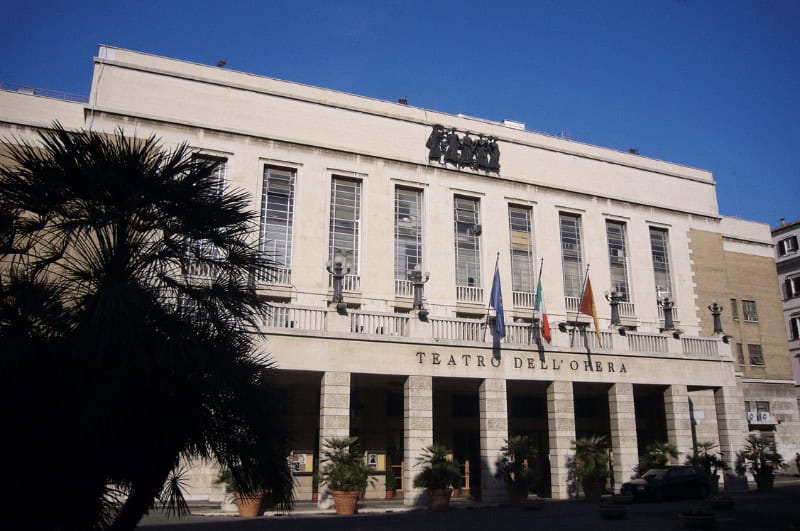
Let's kick off our opera journey with one of the most renowned venues in the city: Teatro dell'Opera di Roma. Situated near the Termini railway station, this opera house is the perfect place to enjoy a concert in Rome. Thanks to its neoclassical facade and opulent interior—dating back to the late 19th century—it's an architectural gem worth visiting even if you're not catching a performance.
Teatro dell'Opera di Roma boasts a diverse program, featuring both classic and contemporary operas. With exceptional acoustics and a seating capacity of over 1,600, it offers a world-class experience for opera enthusiasts. Don't forget to check their schedule when planning your trip to ensure you catch a captivating opera concert in Rome.
Teatro dell'Opera di Roma was once known as Teatro Costanzi. This historic venue has witnessed countless legendary performances and has been home to many world-renowned artists. Attending an opera at this breathtaking venue is a quintessential Roman experience. Its opulent interiors and impeccable acoustics make it a top choice for opera aficionados.
- Address: Piazza Beniamino Gigli, 00184 Roma RM, Italy
2. Teatro di Marcello
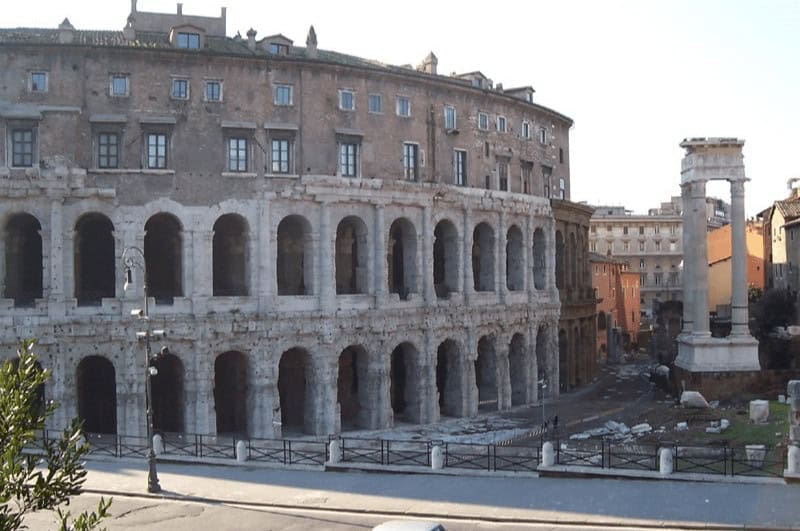
For a more intimate and historical setting, head to Teatro di Marcello. Often compared to the Colosseum due to its ancient Roman design, this open-air theater has a unique charm that sets it apart from modern opera houses.
Originally constructed in the 1st century BC, Teatro di Marcello once hosted spectacular performances in the heart of ancient Rome. Today, it continues to serve as a venue for various cultural events, including opera concerts. Imagine watching a passionate aria under the starlit Roman sky, surrounded by the echoes of history.
- Address: Via del Teatro di Marcello, 00186 Roma RM, Italy
3. Teatro Argentina
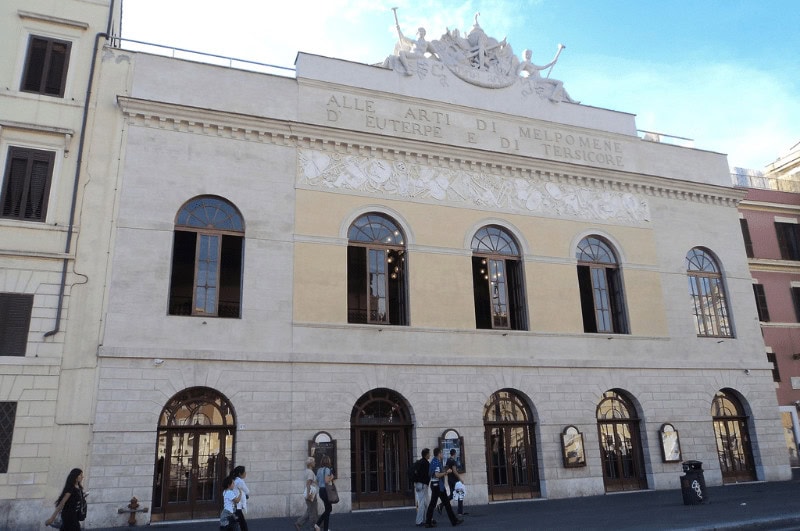
Teatro Argentina, located in the heart of Rome's historic center, is another must-visit venue for opera lovers. Dating back to the 18th century, this theater has a rich tradition of hosting opera, ballet, and theatrical performances.
The theater's elegant interior, adorned with ornate decorations and plush seating, creates a sophisticated atmosphere for opera enthusiasts. Be sure to check their schedule for upcoming performances, as Teatro Argentina often features world-class opera productions that attract both locals and tourists.
- Address: Largo di Torre Argentina, 52, 00186 Roma RM, Italy
4. Parco della Musica
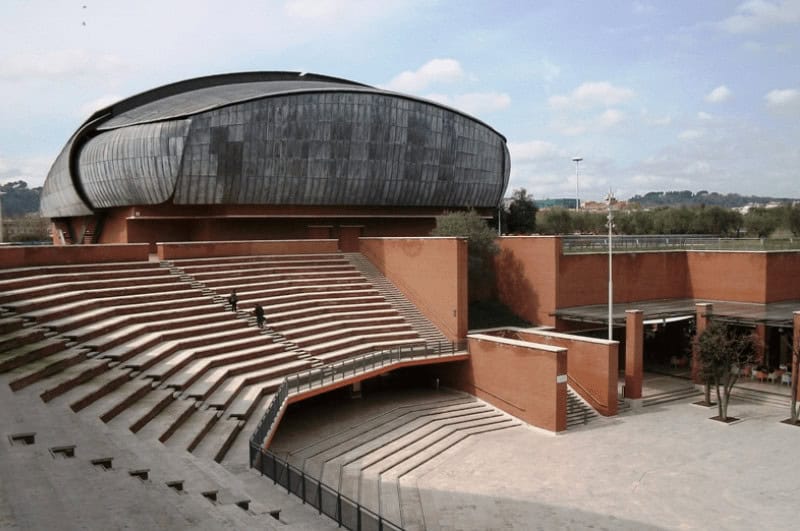
If you're seeking a modern and versatile venue for your opera experience, Parco della Musica is the place to be. Designed by renowned architect Renzo Piano, this complex includes three separate halls: Sala Santa Cecilia, Auditorium Parco della Musica, and Teatro Studio.
Parco della Musica hosts a wide range of musical events, from classical symphonies to contemporary opera productions. The versatility of its spaces allows for various artistic expressions, making it a dynamic hub for cultural activities.
Whether you're into classic operas or experimental performances, you're likely to find something intriguing at Parco della Musica.
- Address: Via Pietro de Coubertin, 30, 00196 Roma RM, Italy
5. Villa Medici
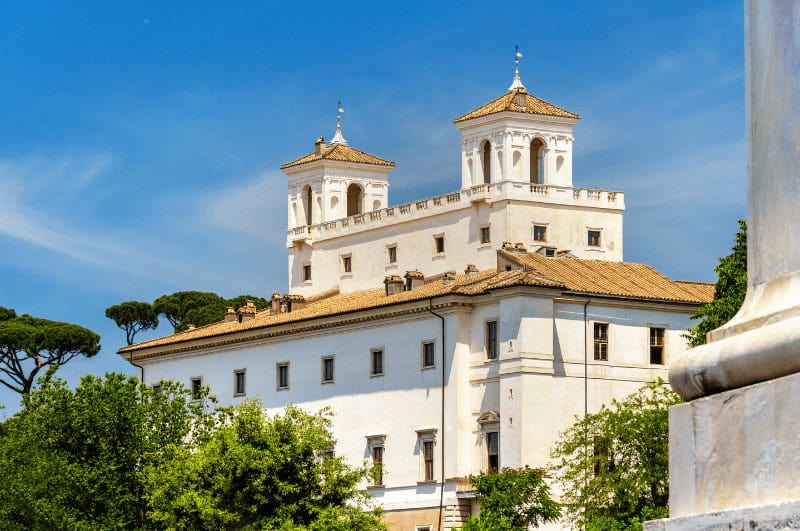
For a truly unique and intimate opera experience in Rome, consider attending a performance at Villa Medici. This historic villa, which has served as the French Academy in Rome since the 17th century, occasionally hosts opera concerts in its stunning garden.
Imagine enjoying arias in a lush, Renaissance-era garden with the villa's elegant facade as the backdrop. These exclusive events provide an enchanting and romantic atmosphere that is sure to be a highlight of your trip.
- Address: Viale della Trinità dei Monti, 1, 00187 Roma RM, Italy
6. Opera at the Baths of Caracalla
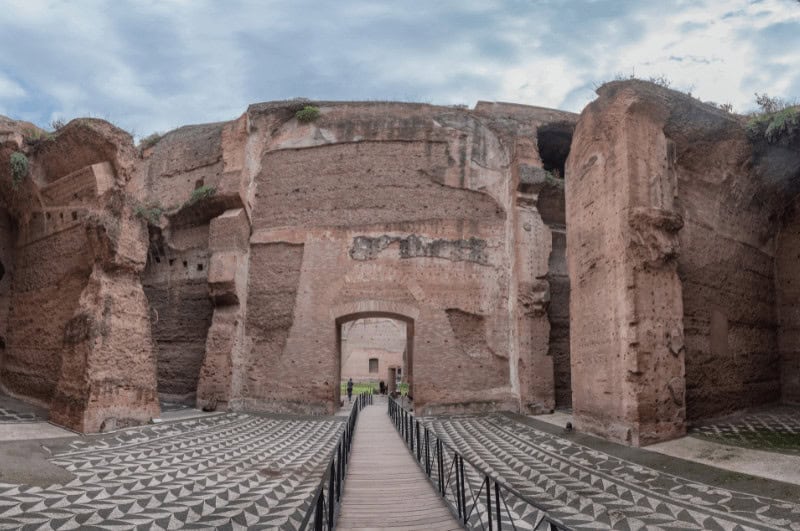
Another unique and awe-inspiring venue for opera in Rome is the Baths of Caracalla or Terme di Caracalla in Italian. These ancient Roman baths, built in the 3rd century AD, provide a breathtaking backdrop for open-air opera performances during the summer months.
Imagine watching a world-class opera amid towering Roman ruins, with the night sky above you and the warm breeze gently rustling the trees. It's an experience that combines the grandeur of Rome's history with the majesty of its musical tradition.
The annual summer opera season at the Baths of Caracalla is a highlight for both locals and visitors alike.
- Address: Viale delle Terme di Caracalla, 00153 Roma RM, Italy
7. Auditorium Conciliazione
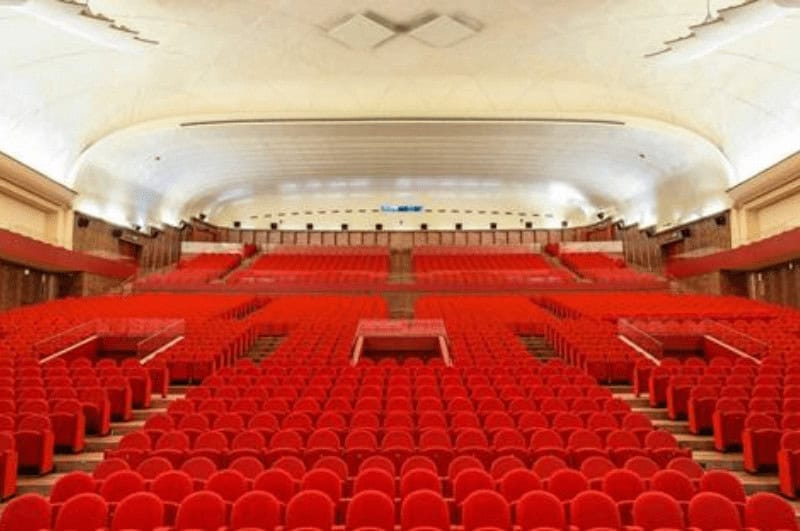
For a modern and acoustically superb opera experience, look no further than the Auditorium Conciliazione. This contemporary concert hall, designed by Italian architect Massimiliano Fuksas, offers state-of-the-art facilities for a wide range of performances, including opera.
The Auditorium Conciliazione is known for its excellent sound quality and comfortable seating. Its design, characterized by flowing lines and an abundance of natural light, creates a welcoming atmosphere for both artists and audience members. Check their schedule for upcoming opera productions during your visit to Rome.
- Address: Via della Conciliazione, 4, 00193 Roma RM, Italy
8. I Virtuosi dell'opera di Roma
I Virtuosi dell'opera di Roma is a renowned opera house located in the heart of Rome, Italy. Established to promote Italian opera and preserve its rich heritage, this venue has been a cultural treasure since its inception.
With a history dating back to the 19th century, it has hosted numerous world-class opera performances that continue to captivate audiences today. The theater's intimate setting and exquisite acoustics provide an immersive experience, allowing visitors to fully appreciate the power and beauty of opera.
- Address: Chiesa di San Paolo entro le Mura, Via Nazionale, 16a, 00184 Roma RM, Italy
9. Teatro Quirino Vittorio Gassman
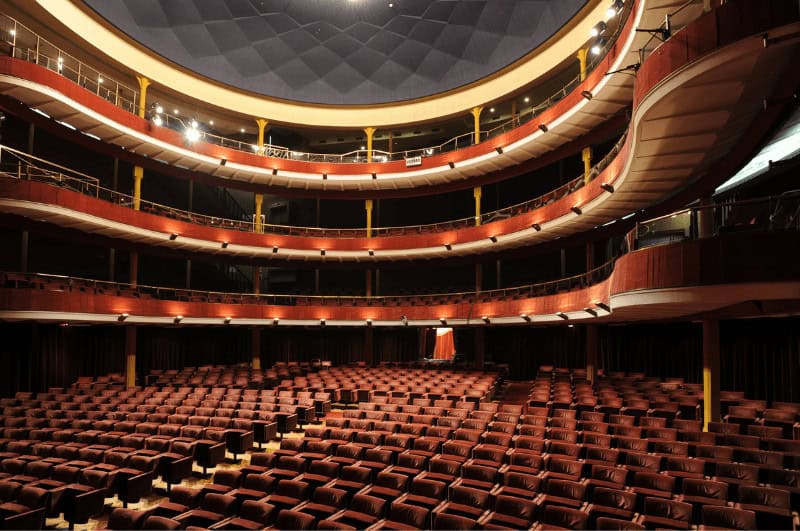
The Theater Quirino Vittorio Gassman, most often simply referred to as Teatro Quirino, stands as a cultural gem in the heart of Rome. Named after the legendary Italian actor Vittorio Gassman, this theater has a rich history of hosting a diverse range of performances, including opera, drama, ballet, and musicals.
Its elegant and classic architecture is a testament to its enduring significance in Rome's cultural landscape. Whether you're attending a world-class opera production or a captivating play, the Theater Quirino Vittorio Gassman promises an unforgettable experience in a setting steeped in artistic tradition.
- Address: Via delle Vergini, 7, 00187 Roma RM, Italy
10. Accademia Nazionale di Santa Cecilia
The Accademia Nazionale di Santa Cecilia, situated in Rome, is one of Italy's most prestigious institutions dedicated to music and the performing arts. While it is primarily known for its symphony orchestra and choir, the Accademia also hosts opera performances of exceptional quality.
Founded in the 16th century, it has a storied history of nurturing musical talent and preserving Italy's musical heritage. The Accademia's modern concert hall is renowned for its superb acoustics, making it an ideal venue for opera aficionados. Attending an opera here is not only a musical treat but also an opportunity to immerse yourself in the centuries-old tradition of Italian classical music and culture.
- Address: Largo Luciano Berio, 00196 Roma RM, Italia
What to wear to the opera in Rome
Attending an opera concert in Rome is a truly special experience, and it's important to dress appropriately for the occasion. While there is no strict dress code—some people show up in jeans—it's always best to err on the side of formality. This will show your respect for the performers and the venue, and it will help you to feel more comfortable and confident as you enjoy the performance.
Opera attire for men
- Suits: A dark suit is a classic choice for men attending an opera. Opt for a classic black or navy suit, ensuring it fits well and is tailored to your body. A well-fitting suit exudes elegance and sophistication, setting the right tone for the formal occasion.
- Shirts: A crisp white dress shirt is the standard choice for pairing with a suit. Ensure the collar is properly starched and the shirt is tucked neatly into your trousers. For a touch of personality, consider a subtle pattern or a contrasting color that complements your suit.
- Ties: A dark and conservative tie is essential for completing the formal ensemble. Avoid overly loud or flashy patterns, and ensure the tie is proportional to your physique. A well-chosen tie adds a touch of polish and refinement to your attire.
- Shoes: Polished black or brown dress shoes are the most appropriate footwear for men attending an opera. Ensure the shoes are clean and well-maintained, as they will be visible throughout the evening. Avoid casual shoes, sneakers, or sandals, as they will detract from the formal ambiance.
Opera attire for women
- Evening gowns: Choose a gown that falls to the floor, with a fitted or flowing silhouette that accentuates your figure. Choose sophisticated fabrics that drape well, like silk, satin, or velvet. Beading, lace, or embroidery can add a touch of glamour to your evening gown.
- Cocktail dresses: A cocktail dress is another option for women attending an opera. Opt for a dress that falls just below the knee, with a fitted silhouette that accentuates your figure.
- Accessories: Accessories can elevate your opera attire, adding a touch of personality and flair. For women, consider statement necklaces, elegant earrings, or a stylish clutch.
- Footwear: Dressy heels are the best option for attending an opera. Opt for heels in a dark color that complements your outfit, ensuring they are comfortable enough for sitting through the performance.
Remember that attending an opera is a formal event, and your attire should reflect this. Avoid wearing anything that is overly revealing, loud, or distracting. Dress appropriately to show your respect for the performers and the venue.
Opera Etiquette 101
In Rome, opera is a cherished tradition, and there is an unwritten etiquette that is expected of patrons.
Here are the basic rules and expectations for attending an opera in Rome. By following these guidelines, you can ensure that you have a respectful and enjoyable experience.
Before the performance
- Dress appropriately. An opera is a formal event, and it is customary to dress well. Men should wear a suit and tie, while women should wear a cocktail dress or a skirt and blouse. Avoid wearing anything that is overly revealing, loud, or distracting.
- Purchase tickets in advance. Tickets to popular opera performances can sell out quickly, so it is best to purchase them in advance. You can buy tickets online, at the box office, or through authorized ticketing agencies.
- Arrive early. Allow enough time to get to the opera house, find your seat, and settle in before the performance begins. Latecomers are disruptive and disrespectful to the performers and other audience members.
- Turn off electronic devices. Silence your cell phone and other electronic devices before the performance begins. Due to copyright and respect for others, photography and recording are not allowed in the opera house.
- Avoid talking during the performance. Refrain from talking or making noise during the performance. This is disrespectful to the performers and other audience members who are trying to enjoy the show.
- Applaud at appropriate times. Applaud at the end of each aria, duet, or ensemble piece. It is also customary to applaud at the end of each act and the end of the performance.
- Refrain from singing or humming along. Resist the urge to sing or hum along to the music. This is distracting and disrespectful to the performers and other audience members.
- Stay until the end of the performance. If you need to leave early, do so quietly during an intermission. Leaving in the middle of an act is disruptive and disrespectful to the performers and other audience members.
After the performance
- Offer congratulations to the performers. If you have the opportunity, offer your congratulations to the performers as they leave the stage. A simple “bravo” (or “brava” if it's a woman) is sufficient.
- Dispose of trash properly. Dispose of your trash in the designated receptacles. Do not leave your trash on the floor or on your seat.
- Exit the opera house in an orderly manner. Don't be one of “those people” who push or shove their way out. Everyone wants to get home as much as you do. Besides, allowing others to leave first is courteous.
Additional tips
- Learn a little about the opera you will be seeing. Familiarize yourself with the plot, characters, and music of the opera you will be seeing. This will enhance your understanding and enjoyment of the performance.
- Eat before the performance. Opera performances can be long, so it is a good idea to eat beforehand. If you're worried that a full stomach may cause drowsiness, have a light snack before the performance and have your meal afterward. Many opera houses have a cafe or restaurant where you can purchase snacks or drinks during intermissions.
- Dress comfortably. While you should dress appropriately, you should also be comfortable. The opera house can be warm, so you may want to bring a sweater or shawl.
- Enjoy the experience. Relax, enjoy the music, and appreciate the artistry of the performance. Opera is a special occasion, so savor every moment.
Final thoughts
Rome is a cultural feast that combines historical wonders with a vibrant arts scene, where the past and present coexist in perfect harmony. Immerse yourself in the world of opera in Rome, savoring the refined ambiance and the artistry onstage. Let the music sweep you away, the stories captivate you, and the performances leave you feeling inspired.
Opera in Rome isn't just about entertainment; it's about cultural immersion, emotional connection, and a shared love for the transformative power of music and storytelling.
So, put on your finest attire, brush up on your opera etiquette, and embark on an unforgettable journey into the captivating world of the Eternal City's enduring love affair with opera.
Inspired? Pin this post and share it with your friends!
